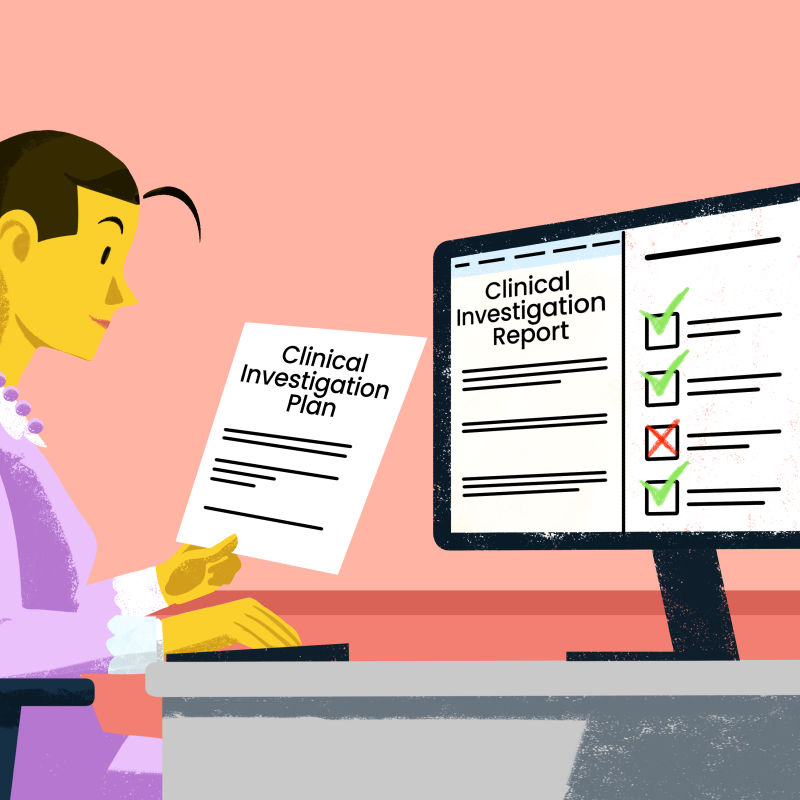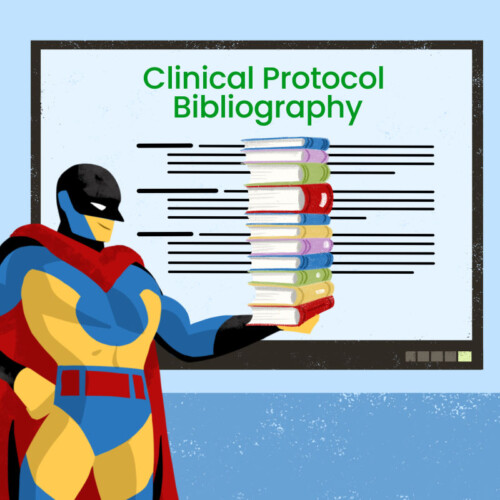EU Regulation 2017/745 on medical devices (Medical Device Regulation, MDR) defines a clinical investigation as any systematic research involving one or more human subjects aimed at assessing the safety or performance of a medical device.
Where these requirements are present, the applicable regulation is provided by Articles 62-80 and Annex XV of the MDR, which establish the provisions for the planning, approval, conduct, and documentation of clinical investigations, as well as the responsibilities and obligations of sponsors, manufacturers, and competent authorities throughout all phases of the process.
From a regulatory perspective, clinical investigations for medical devices include two main categories of studies: pre-market and post-market. Pre-market studies concern devices that are not yet CE marked or have been substantially modified and are aimed at obtaining CE marking and commercialization, or are conducted for research and study purposes. Pre-market studies typically involve a preliminary phase, where the device is tested in so-called feasibility studies (or pilot studies) on a small sample, followed by a second phase characterized by studies on a larger sample (pivotal studies). In contrast, post-market studies involve devices that are already CE marked and used according to the manufacturer’s instructions, aimed at confirming the safety, clinical benefit, and long-term clinical performance of the device.
The documentation to be submitted and the evaluation procedure, including the need to involve an Ethics Committee (EC) and/or a Competent Authority (CA), vary depending on the type of study and the regulatory framework applicable to the clinical investigation.
The protocol of a clinical study, also known as the Clinical Investigation Plan (CIP), represents the foundation on which clinical research is based and the basis for the documentation to be submitted to the EC and the CA for approval. It describes in detail the study design, objectives, participant inclusion and exclusion criteria, intervention and data collection procedures, risk management plan, continuous monitoring of the study, and statistical analysis methods. During the protocol review phase, the EC and/or the applicable regulatory authorities carefully examine all these aspects to ensure that the study is conducted ethically, scientifically valid, and in compliance with current regulations. It is therefore essential to ensure that the document contains all the information required by regulatory guidelines and is written in a complete, clear, and detailed manner.
Once the investigation is concluded and the statistical analysis is performed, the Clinical Investigation Report (CIR) summarizes the results and conclusions of the study. The CIR is always required, even if the clinical investigation is prematurely terminated. The document must be drafted in accordance with regulatory guidelines and include detailed information on all aspects of the study, including methods, any deviations from the plan, results, and conclusions. During the review of the CIR, the EC and/or applicable regulatory authorities closely examine the completeness and accuracy of the data presented, as well as the validity of the conclusions reached.
To ensure the reliability and validity of the study, avoiding any ambiguity or gaps in the protocol and/or any discrepancies or inconsistencies in the data or conclusions of the report, it is necessary to:
- Be fully aware of the regulatory references and integrate them into the design and conduct of the studies. Investigations involving medical devices for human subjects under the MDR regulation must be designed and conducted in accordance with Good Clinical Practice (GCP), as defined and incorporated by ISO 14155:2020 ‘Clinical investigation of medical devices for human subjects — Good clinical practice.’
- Verify the application of other standards (e.g., product-specific) and national guidelines.
- Ensure that the study is conducted in accordance with the ethical principles established in the Declaration of Helsinki and that informed consent from participants has been properly obtained.
- Ensure that the clinical data presented in the report is accurate, verifiable, and supported by adequate documentation.
- Verify that the conclusions reached in the study are supported by the data presented and accurately reflect the obtained results.
- Resolve any discrepancies or inconsistencies in the data or conclusions through thorough review and collaboration with the study investigators.
The regulatory review of a protocol or a clinical study report is a crucial step in the development and commercialization process of a medical device. A comprehensive and accurate review is essential to ensure regulatory compliance, the reliability of clinical data, and patient safety. Involvement of technical and clinical experts in the drafting/review of the protocol and the report of a clinical study is fundamental to ensure that the study is designed in the most appropriate manner to verify or confirm the safety and effectiveness of the evaluated medical devices, adhering to the highest quality standards.











